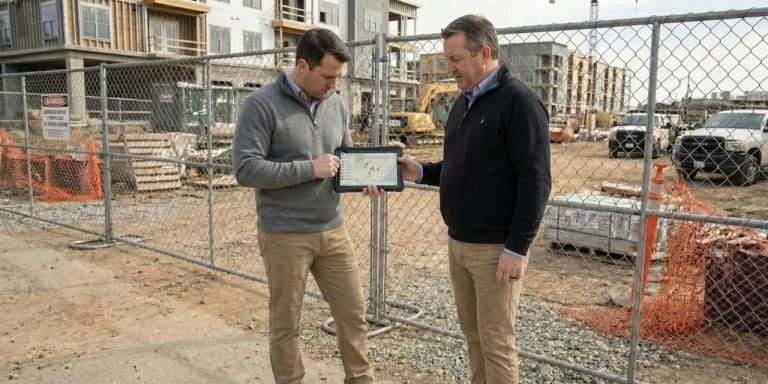B2B sales has evolved over the years. Cold calling and direct mail are still useful for some sales processes, but the way in which we do business has changed a lot.
More companies are investing in B2B sales teams — inside and outside — across a range of industries.
The B2B buying process now has more decision-makers and touchpoints than it did just a few years ago. This growing complexity is creating longer sales cycles, which present fresh challenges for all B2B sales stakeholders.
In this article, we’ll explore B2B sales in detail, covering a range of the most effective sales methods and tools, so you can learn how to get the best results with your sales strategy.
What Is B2B (Business-to-Business) Sales?
B2B sales is the practice of one business selling products or services to another business. One sector built exclusively on the B2B sales model is software as a service (SaaS).
These are a few examples of B2B SaaS companies:
SPOTIO – This field sales acceleration platform helps outside sales teams build pipeline, increase sales, and boost productivity.
HubSpot – This all-in-one platform helps sales and marketing teams attract more site visitors, convert more leads, and close more sales.
Salesforce – This customer relationship management (CRM) software helps businesses connect and communicate with prospective customers in a more efficient, effective way.
B2B sales is distinctly different from B2C sales, otherwise known as business-to-consumer sales, where companies sell directly to end users instead of to other businesses.
Inside vs. Outside B2B Selling
B2B sales consists of two interconnected teams — inside sales and outside sales.
Inside sales representatives sell products and services remotely, so they usually work in an office. Outside sales reps are “out in the field,” connecting with potential customers at their business premises, conferences, and trade shows.
Studies from SPOTIO indicate that outside B2B outside sales have a close rate 30% higher than inside sales. Furthermore, outside sales teams also clinch deals that are over 130% larger than inside sales deals.
The B2B Buying Process Has Changed
Digital transformation has been shaking up global business in many ways, and the B2B sales process is certainly not immune.
Here are three reasons why B2B sales have changed so much in recent times:
Number of stakeholders
You already know B2B sales involves more people. The thing is, that number is growing. In 2015, an average of 5.4 people were part of the typical decision-making unit (DMU) in the B2B sales process. Today, as many as 10 stakeholders may be involved in weighing purchase decisions.
Buyers are more educated
Research from Forrester found almost 74% of B2B buyers conduct about half of their total research online before they make an offline purchase. The B2B customers of today have greater access to information online and offline – and they’re putting it to good use.
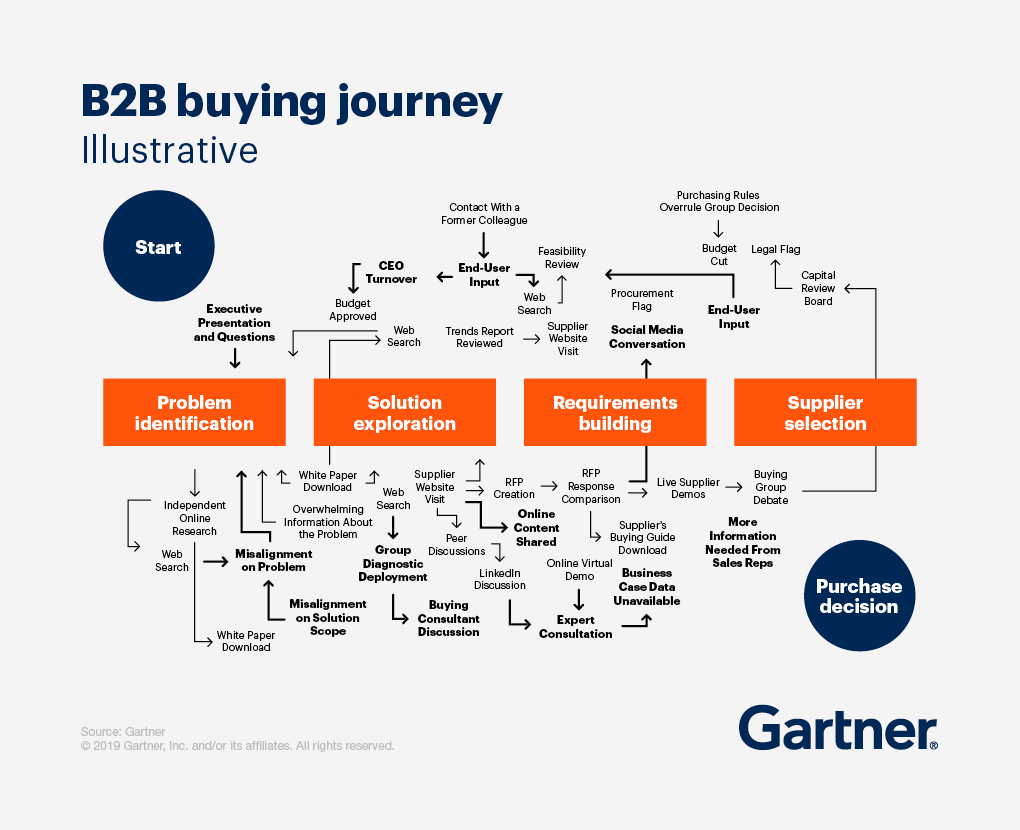
(Source)
Alignment between sales and user intent
Understanding the customer journey is a critical aspect of B2B sales, especially in a highly competitive field. Ultimately, the companies that map their sales process to the customer journey will have more success targeting the right people, with the right offer, at the right time.
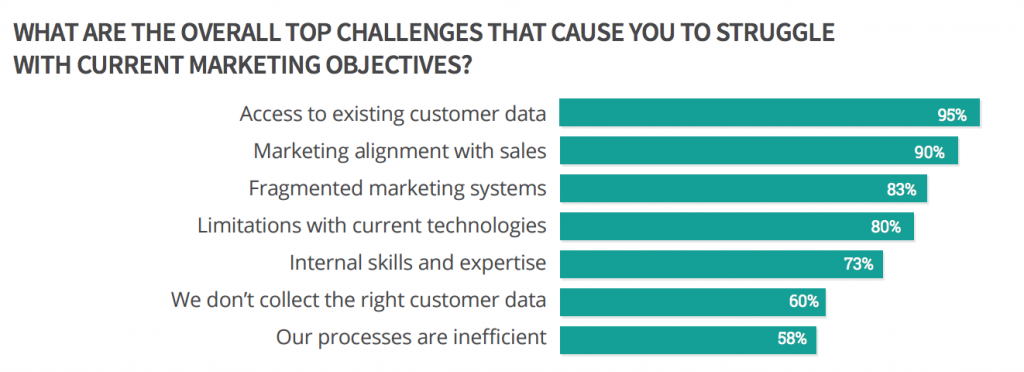
9-Step B2B Sales Process
Now let’s see how to sell B2B.
This process starts from scratch, and if you do every step comprehensively and correctly, you should be able to close with a sale. Best of all, this B2B sales process works for both for inside sales and outside sales teams.
1. Create your personas
A HubSpot study found that about 50% of prospects won’t be a good fit. In order to execute an effective B2B sales strategy, you need to know your audience. The most effective way to do this is by creating customer personas.
Just remember that with B2B sales, your customer personas should be based on decision-makers that have the authority and budget to negotiate and close deals with your company.
An example B2B customer persona may include the following details:
Demographics – Age, gender, income, education, etc.
Company role – The current position at the company, and an overview of their authority, such as, “VP of Sales, controls $500K budget for the sales department”
Goals – Such as, “Wants to increase sales by 20% in the next year”
Challenges – The problems they need help with, like, “Sales reps don’t know how to prioritize prospects”
Interests – Favorite websites, magazines, news sources, software, apps, etc., that help you understand how you connect with prospects
Note that personas are not the same as ideal customer profiles (ICPs). An ICP is a fictional company that might be interested in your product, and a persona is a fictional employee of that company.
![]()
(Source)
2. Research
Research the market to gauge demand for your products or services, determine who your competitors are, and assess your competitors’ marketing efforts.
Once you have that information, you’ll need to:
Map out the buyer journey
In the simplest terms, the buyer journey includes three stages: awareness, consideration, and decision. But in B2B sales, you may need to further break down each stage. For example, buyers in the decision stage might move onward to an evaluation stage, in which they’re comparing pricing options for different solutions.
Establish lead qualification criteria
Almost 80% of leads never turn into sales.
It takes time to build trust, and for people to move through the B2B sales funnel to the point of purchase. But you can improve your B2B conversion rates with a structured approach to analyzing your leads.
Classify your prospects by how willing and ready they are to make a purchase by considering the following: need, interest, budget, timing, and role.
By devising a solid lead qualification framework, you can fill your sales pipeline with quality leads.
3. Prospect with ICP data
Based on your persona information and market research, you can develop an ICP that helps you know which businesses to target.
A sales rep could use a sales intelligence tool like SPOTIO’s Lead Machine to map a target geographic location, filter by prospects in that area using different persona data points, and then export the finished list and import it into their lead management tool. This strategy ensures reps are only working leads in target areas that meet defined ICP criteria, which can improve sales efficiency and close rates.
4. Make Initial Contact
After prospecting, you can approach potential customers to introduce yourself, and start building a relationship. Traditionally, relationship-building may have begun with a cold call to follow-up after mailing a brochure, but sales management software has transformed how reps build rapport with prospects.
Use sales software to create cohesive communication across every channel. You can automatically collect every text, email, phone call, or other communication, and sync it to your CRM for a 360-degree view of each contact. You can also define your communication cadence and get notifications when it’s time to check in with a prospect.
If you’re having trouble reaching prospects, check out this in-depth guide on how to get past the gatekeeper.
5. Assess & Qualify Your Leads
Studies show that while most B2B marketers send all their leads directly to the sales team, they only qualify 27% of them. That means sales reps may waste time chasing leads that won’t convert.
An effective way of doing this is by using the Sandler Pain Funnel.
This strategic series of questions helps you discover your lead’s real needs. Better yet, it goes beyond the pain points to reveal whether they have the budget and the decision-making authority to do business with you.
The eight questions in the Sandler Pain Funnel, in order, are:
- “Tell me more about that…”
- “Can you be more specific? Give me an example.”
- “How long has that been a problem?”
- “What have you tried to do about that?”
- “How did that work?”
- “How much do you think this has cost you?”
- “How do you feel about that?”
- “Have you given up trying to deal with the problem?”
When you size up each prospect with these qualifying questions, you’ll develop a better understanding of how your products or services can assist them. This will be instrumental in the next step.
6. Pitch
Today, you can make pitches through video content, such as a webinar, live video conference, or even in a private video meeting.
The latter is best for maximum personalization. Indeed, it’s best to tailor the pitch for every single prospect, and if possible, do it in person. If your product is quite technical, you can bring an engineer or developer to the meeting to field any technical questions.
In any case, the pitch requires considerable effort and planning, as it’s such a crucial stage in the B2B sales process. On the upside, you’ll only be doing pitches for prospects that are already qualified.
Want more inspiration? Check out these sales pitch examples.
7. Respond
It’s easy to think the B2B sales process is all about selling. However, listening to your prospects is an important part of the process.
Act as a guide, steering the conversation and letting the prospect fill in the gaps. Ideally, you should only do around 30% of the talking, so prospects feel like you’re hearing and understanding them.
Another technique is to teach rather than sell. By offering advice to help someone improve their business without any expectation of a sale, you’ll quickly earn that person’s trust.
Learning to adapt your sales process in this way takes a little practice. However, when you get it right, you’ll forge stronger relationships with prospects.
8. Follow Up
A survey of 1,000 B2B buyers shopping for complex solutions revealed that 43% preferred to not interact with salespeople.
For B2B sales professionals, that poses a dilemma:
Should you follow up?
The answer is yes. That being said, timing matters.
If you follow up too soon or too often, you may annoy your prospect and lose the sale. If you’re too nonchalant, you won’t close many sales.
The art of following up requires a delicate balance of personalization, persistence, and perception. You have to understand how your prospects like to be approached, and what they may be worried about.
9. Close
The final step in your B2B sales funnel is the close. Reps often see this as the most difficult stage of B2B selling. However, if you’ve completed the rest of the B2B sales process correctly, your close should come easily.
When you get this far, your prospects should be ready to purchase. If you get the sense that they’re still hesitant, it may be best to discuss their concerns again to address any outstanding issues.
Ultimately, if you and the prospect are aligned, the sale is much more likely. Some prospects may need a little more time, so the sale isn’t always dead if you don’t get it the first time around.
9 Strategies to Improve B2B Sales Performance
Now that you’ve got the basic steps to the B2B sales process down, here are nine B2B sales strategies to get the needle moving in the right direction.
Identify ALL Decision Makers
The sooner you identify key players in your target companies, the better.
When you start researching prospect websites, check pages like “Meet the Team” or “About Us” for information about the big players, and gather additional intel about them on LinkedIn.
Utilize PAIN-Based Selling
Almost 70% of B2B customers claim their business needs aren’t being addressed during the first contact. If you don’t meet your prospect’s needs, they aren’t likely to stick around.
By embracing solution-based selling, you can target a prospect’s pain point, then tailor your pitch to demonstrate how your product would resolve it.
Here are some example questions that can help you drill down and discover the challenges your prospect is facing:
“What are your company’s short-term and long-term goals?”
“What do you believe is your company’s greatest strength and greatest weakness?”
“What aspects do you like best about your current supplier? What don’t you like?”
“Name one thing you would change about your business.”
“What deadlines are you facing now?”
“Which resources do you want to use more?”
“How does [pain point] impact your business?”
This sales strategy is successful because it is all about the prospect and their problem, which is a more welcoming proposition than a pushy sales pitch.
Strategically Assign Sales Territories
Sales territory management means assigning prospects and geographical areas to specific salespeople depending on the industry, location, or account size. This strategy ensures that there is no overlap between your sales reps.
You can use a tool like SPOTIO’s Territory Manager to quickly map territories and assign them to different reps. Managers no longer have to spend hours reviewing physical maps and drawing out territories for assignment by hand.
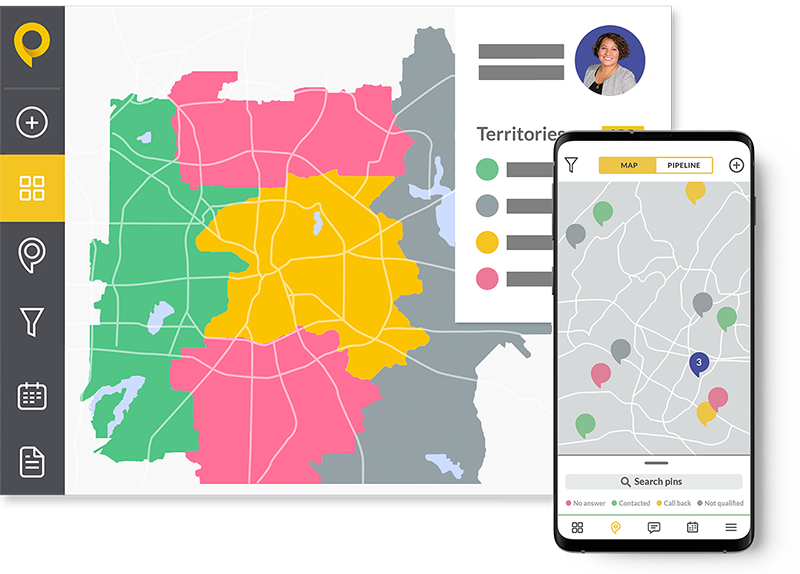
Create Content to Enable the Sales Team
According to the Content Marketing Institute, in 2022, B2B content marketing teams reported successfully using content to:
- Build credibility/trust (77%)
- Grow customer loyalty (63%)
- Generate leads (67%)
- Nurture leads (54%)
At every stage of the sales funnel, content can help support your sales team. It’s little surprise that over 90% of B2B marketers use content marketing.
Videos are the most powerful type of content for sales teams, as Google found that 70% of B2B customers watch videos when they are researching products before purchase. Video content gets more engagement, and it’s shareable, which makes it great for creating brand awareness. Better yet, video content is a powerful way to convey emotion in your brand messaging, which is useful when you are trying to sell anything.
Other types of content that can enable sales include:
- Blog posts
- Educational articles
- Case studies
- e-books
- Webinars
- Whitepapers
- Courses
Done right, this strategy can reduce the B2B sales cycle, and drive more people through your sales funnel, which will increase your leads, conversions, and ultimately, your profits.
Harness the Power of Social Selling
Social selling is all about using social media to identify key decision makers and joining meaningful conversations with them at the right moment. Research from LinkedIn shows that 78% of people who engage in social selling will sell more than those who don’t use social selling.
Some great B2B sales examples of social selling on LinkedIn include IBM, which drove a 400% increase in sales, and SAP, which increased revenue by 32%.
Social selling helps you leverage omnichannel marketing in a way that establishes brand recognition quickly, so people automatically think of your brand when they are ready to buy. This means you can bypass the awkward situation of cold calling to generate warm leads.
Implement a Lead Nurturing System
The nature of B2B sales means that companies are typically considering an expensive commitment, and several decision-makers need to discuss it and agree. That explains why up to 90% of B2B leads are not ready to make a purchase.
Research from Marketo indicates that companies with a solid lead nurturing strategy generate 50% more ready-to-buy leads, with a customer acquisition cost 33% lower than non-nurtured leads. The content that marketing teams create for B2B sales enablement can usually be repurposed for lead nurturing.
Assign Sales Activities
Sales managers should assign daily, weekly, and monthly activities to reps to ensure prospects and leads are moving through the pipeline. Defining goals also helps managers compare performance among reps, identify weak points in the sales process, and ensure reps aren’t working on redundant or overlapping tasks.
Prepare for Common Objections
B2B selling is all about presenting the opportunity for positive change. The problem is that not everyone likes change, and you’re going to encounter some tough customers that seemingly can’t be convinced.
The most common objections are related to:
- Budget – “I can’t afford it”
- Competitor – “I’m already using another product”
- Competitor at a lower price – “I see your competitor is cheaper”
- Timing – “Can you get back to us in Q4?”
In each of these scenarios, if you’ve prepared responses, you can turn objections around by focusing on the value your product offers.
Ideally, try to back this value up with social proof and case studies of similar B2B customers who had great results. Your prospects will see that what you’re offering is something truly unique, and they’ll realize it’s a long-term investment that delivers a great return on investment (ROI).
This guide dives deeper into some of the more common sales objections and how sales leaders overcome them.
Pursue referrals
Word-of-mouth is the cheapest form of marketing, and sometimes, the type that delivers the best bang for your buck. Research indicates that referrals close 70% quicker, and they deliver almost 60% more lifetime value.
Set up a referral program that offers an incentive, like a cash-back offer for anyone who refers a lead that converts. Then promote your program on LinkedIn and tell your customers about it.
Costly B2B Selling Mistakes to Avoid
Now that you’ve learned how to sell B2B the right way, let’s look at some common pitfalls. Here are four mistakes that can quickly derail your best-laid B2B sales strategies.
Ignoring Opportunities in the Field
Inside sales can be easier and cheaper to execute than outside sales, because there are no routes to manage, territories to monitor, or travel costs to account for. However, cheaper isn’t always better.
By ignoring outside B2B sales, companies miss out on a lot of leads and risk creating a brand identity that doesn’t have much of a personal touch. Outside sales teams, however, have more interaction with prospects and are effective at building strong customer relationships that can increase overall sales volumes, and also the customer lifetime value (CLV) of each buyer.
With savvy hiring and automated route management, you can strategically lower the cost of an outside sales team and build relationships that improve ROI.
Selling to Low-Level Buyers
Getting in front of C-suite prospects can be a challenge. While you could take the easy route to negotiate with purchasing managers, they’ll rarely have the budget or the power to sanction huge deals.
This is a common problem, with 39% of professionals in B2B sales saying the inability to reach the right people is their biggest obstacle.
B2B sales strategies that focus on low-level buyers can’t deliver the high-growth and huge ROI you may be targeting. It’s much better to seek out the top-level decision makers who have the authority to agree to bigger deals. It may take more work, but it’ll be worth it.
Focusing on Features Over Value
When it comes to B2B sales, your prospects don’t care about the fancy features or the latest buzzwords. All they want to know is whether your products or services can solve their problem.
Instead of focusing on the product, focus on your potential customer. Identify their pain points, show them you care, and prove that your product or service offers the solution they need.
Implementing a Single-Track Content Strategy
For many years, content marketers have sung the praises of using the Pareto Principle.
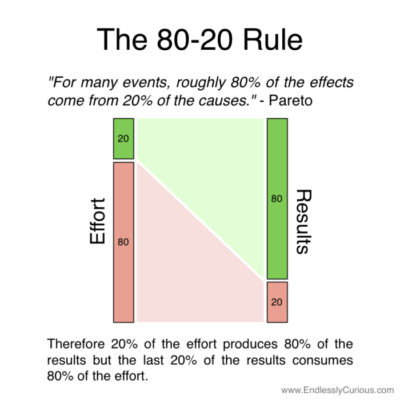
Also known as the 80-20 Rule, marketing experts believe that it’s best to only spend 20% of your time creating content, and the other 80% of the time marketing it.
The evidence suggests this a solid barometer, especially when you are just getting started and need to promote your online presence to attract quality traffic to your website.
Unfortunately, many marketers put all their eggs in one basket, and simply throw everything behind a single channel. While SEO is a great one to back, even it alone may not yield the B2B customers you want.
Now, omnichannel marketing is seen as the future of e-commerce.
To succeed, you must have a presence across multiple mediums, from your company blog to Facebook videos to paid ads to influencer marketing partnerships. There is a lot to explore, and the most successful companies are those who work hard to create a seamless, unified experience from one touchpoint to the next.
Not Following Up
It’s rare to close a deal with just one or two engagements, especially in B2B sales. SPOTIO research shows that 80% of B2B sales require at least five follow-up calls.
Businesses that are considering your high-ticket product will need to be nurtured through the customer journey before they decide to get the checkbook out. While they’re deliberating, you need to stay in touch.
A lot of B2B companies struggle with this, forgetting to follow-up regularly. But when you use software to automate a follow-up sequence, you’ll be able to keep leads engaged throughout the sales process.
B2B Sales Tools
Let’s take a look at three tools that can help you streamline your B2B sales.
SPOTIO
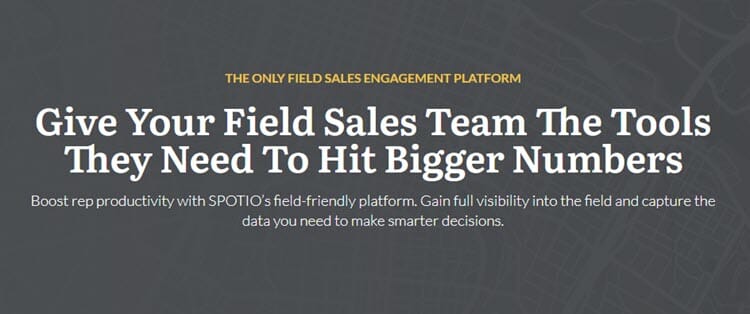
The SPOTIO platform is a go-to solution for outside sales teams. Highlights include:
Google Places Integration –This integration offers a map view and business information of every company within a territory. This feature helps reps sort and targeting leads, as quickly filter by aspects like name, email, and business type.
Route Optimization – This feature allows reps to plan the most efficient routes using many different data points, such as distance, scheduling and meeting lengths.
Territory Management — This feature lets managers assign territories by geographic boundaries or draw custom boundaries for territories.
Task Automation — SPOTIO integrates with CRM platforms and automates the timing of steps in the sales process, such as follow-up calls. It also automatically backs up field notes to the CRM, so reps don’t have to manually enter notes when they return to the office.
Performance Analytics — Sales managers can analyze sales performance based on a number of metrics, such as visits, leads created, leads won, and leads lost. This data helps managers continuously improve processes and sales techniques, as well as identify opportunities for team development.
My Reports – This feature lets users create custom reports based on the KPIs that are most important to them. Sales managers and sales reps can save their reports as templates, change the parameters, and share them anytime.
e-Contracts Web + Mobile – Reps can use the mobile CRM to manage their sales pipeline and close deals with B2B customers while they’re on-the-go.
LinkedIn Sales Navigator
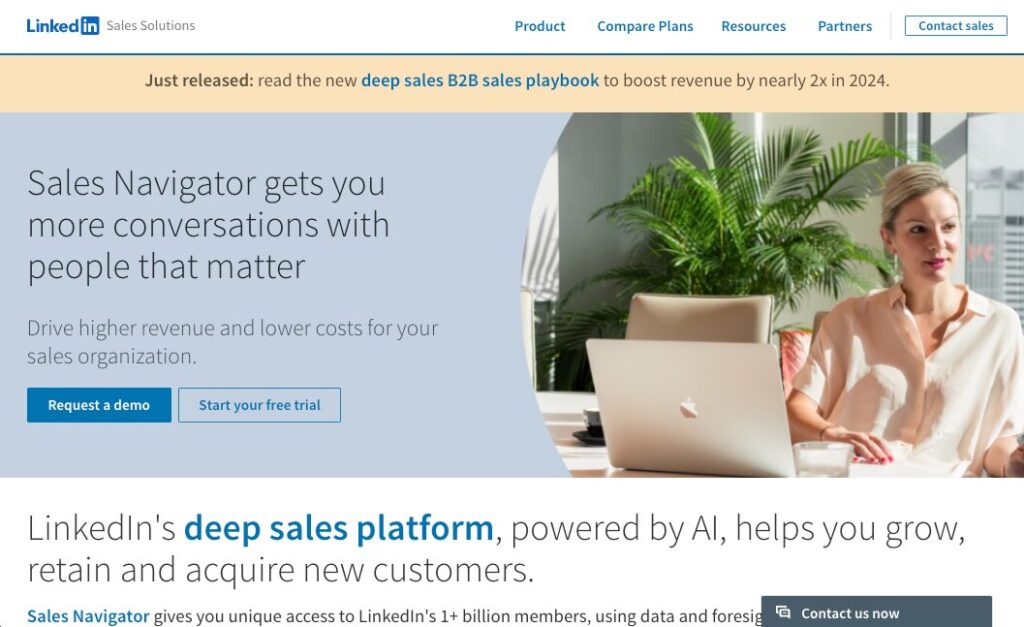
This is a good option for companies on a smaller budget. Sales Navigator lets you tap into the immense database of LinkedIn, which has 930 million users.
By using Sales Navigator, you can discover new leads in your market that suit your target customer profile. This tool allows you to track growing companies, keep tabs on developing trends and opportunities in the market, and gather data that enhances your outreach efforts.
The Google Chrome add-on also helps you find correct email addresses for leads, making it easier to connect. Without a doubt, this is one of the best B2B sales tools to have in your locker.
Salesforce CRM
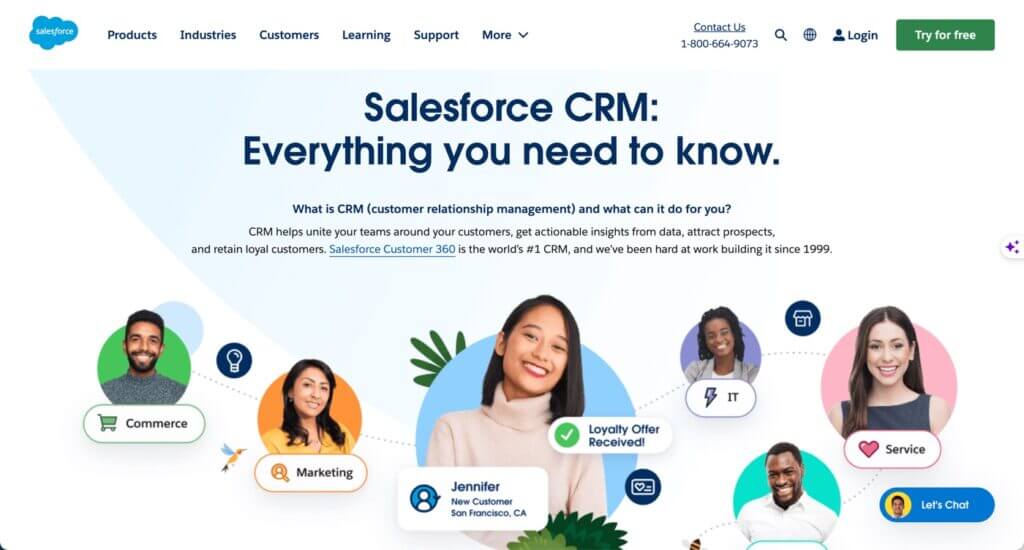
There aren’t many lists of B2B sales apps that don’t mention Salesforce.
Setting the bar for CRM platforms, this robust system integrates with virtually every other service or app you could want in B2B sales.
Better yet, it has a vast array of cloud-based applications for marketing, sales, and customer service. These are easy to get started with, which makes Salesforce suitable for teams of all sizes.
Whether you’re creating a B2B sales funnel, managing leads or analyzing reports, this one-stop solution is perfect for inside sales teams.
Inside and outside sales teams have very different needs when it comes to CRM functionality. Sales teams already using Salesforce for their inside sales efforts can use SPOTIO to quickly bolt-on the functionality needed by field sales reps.
Ready. Set. Sell.
Now you know how to turbocharge your B2B sales process. Which sales strategy will you try first?
________
SPOTIO is the #1 field sales engagement platform to increase your revenue, maximize your profitability, and increase your team’s productivity.
Want to see a product demonstration? Click here to see how SPOTIO can take your sales game to the next level.

